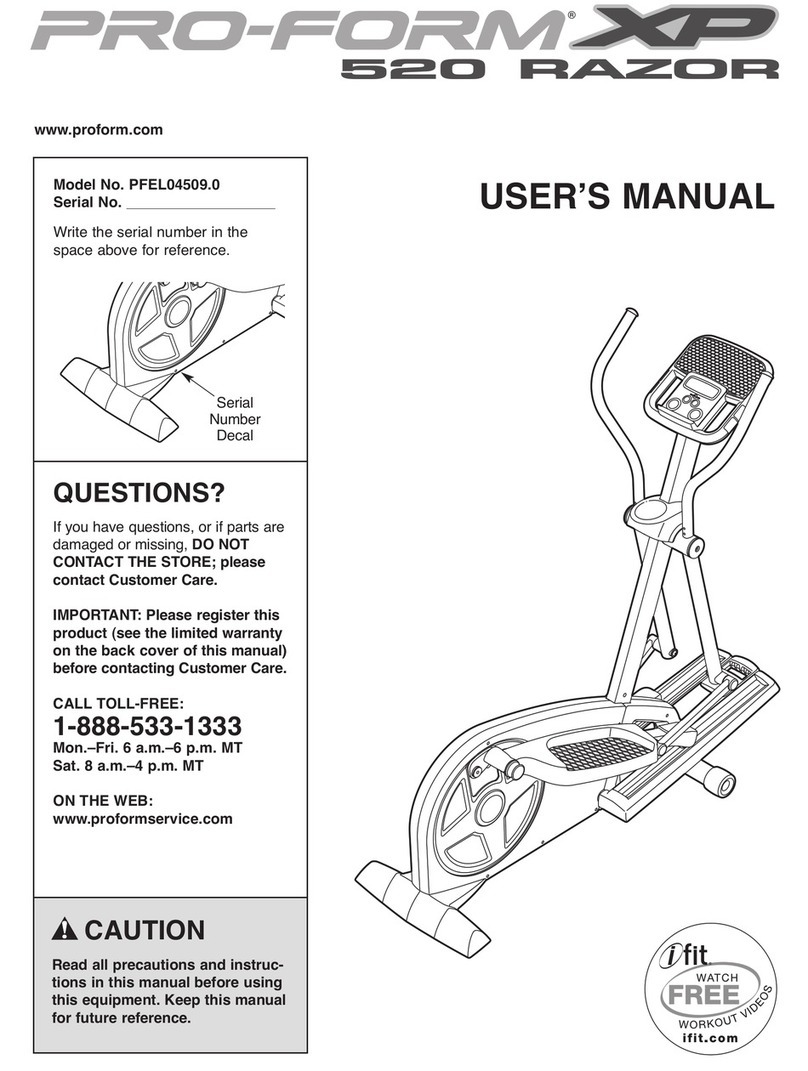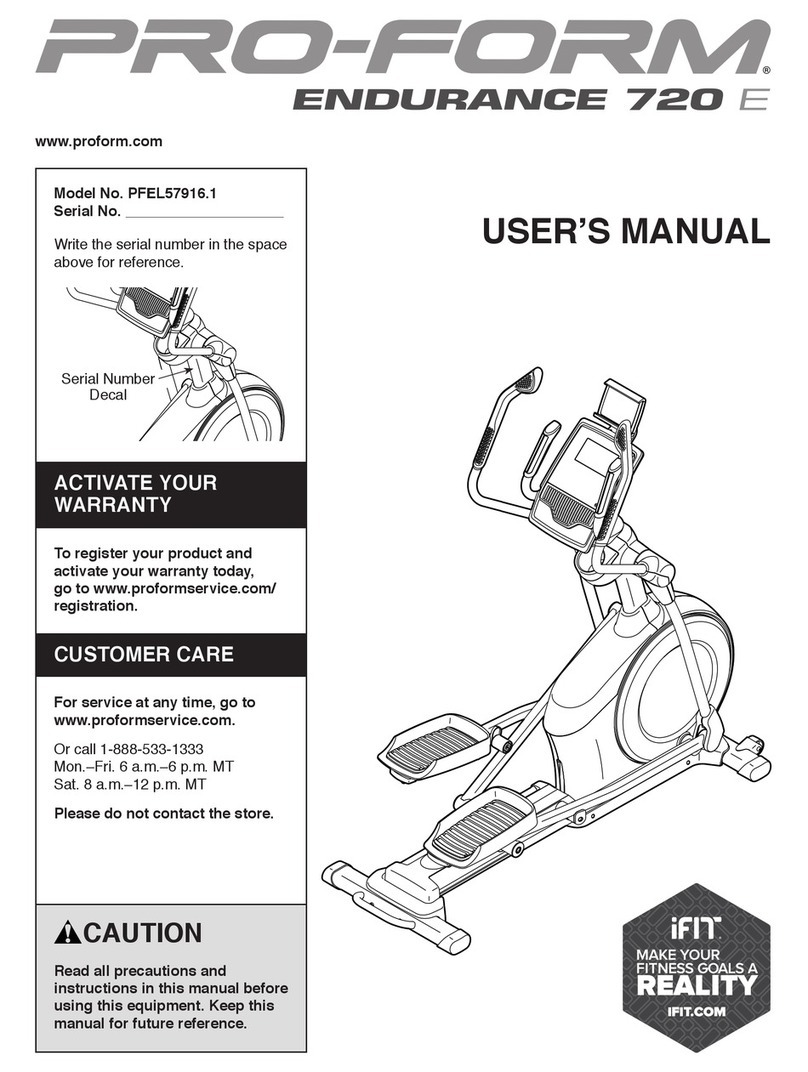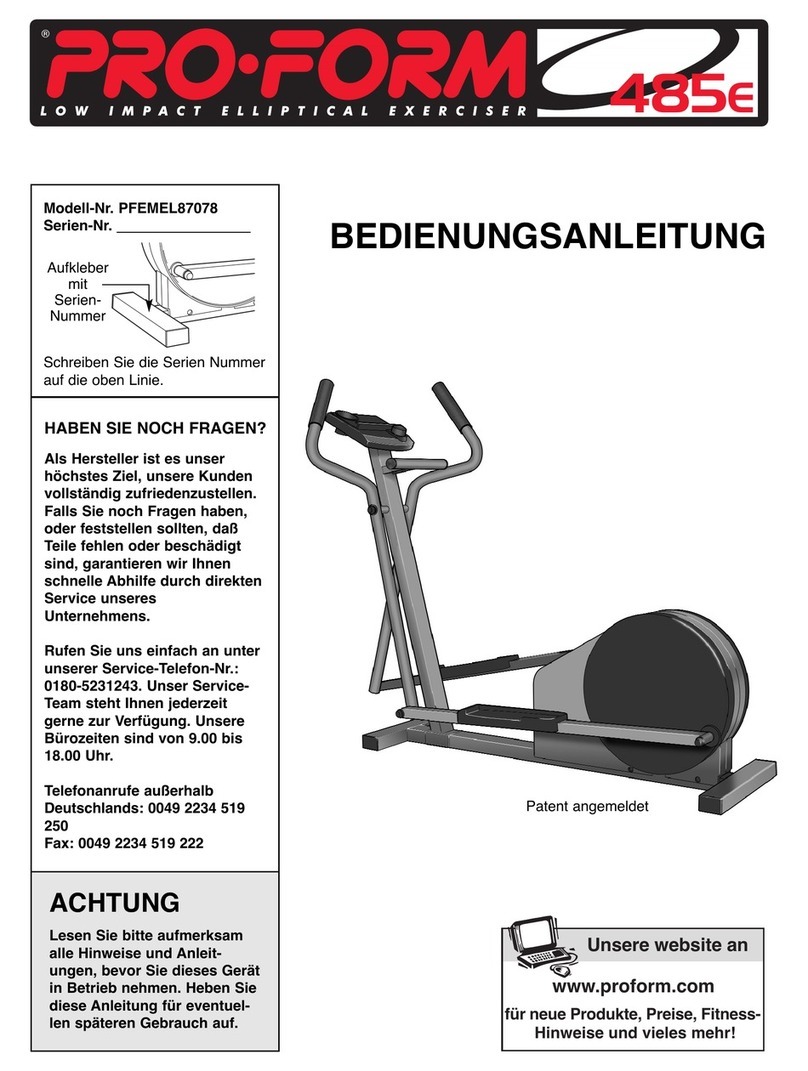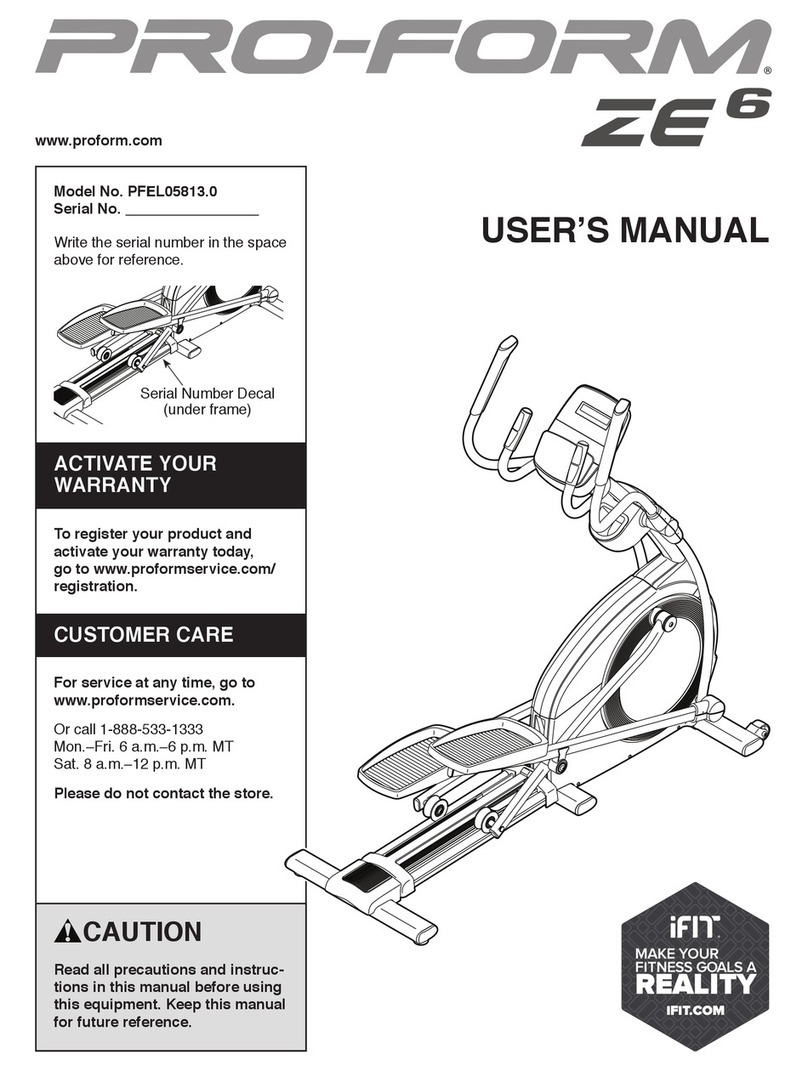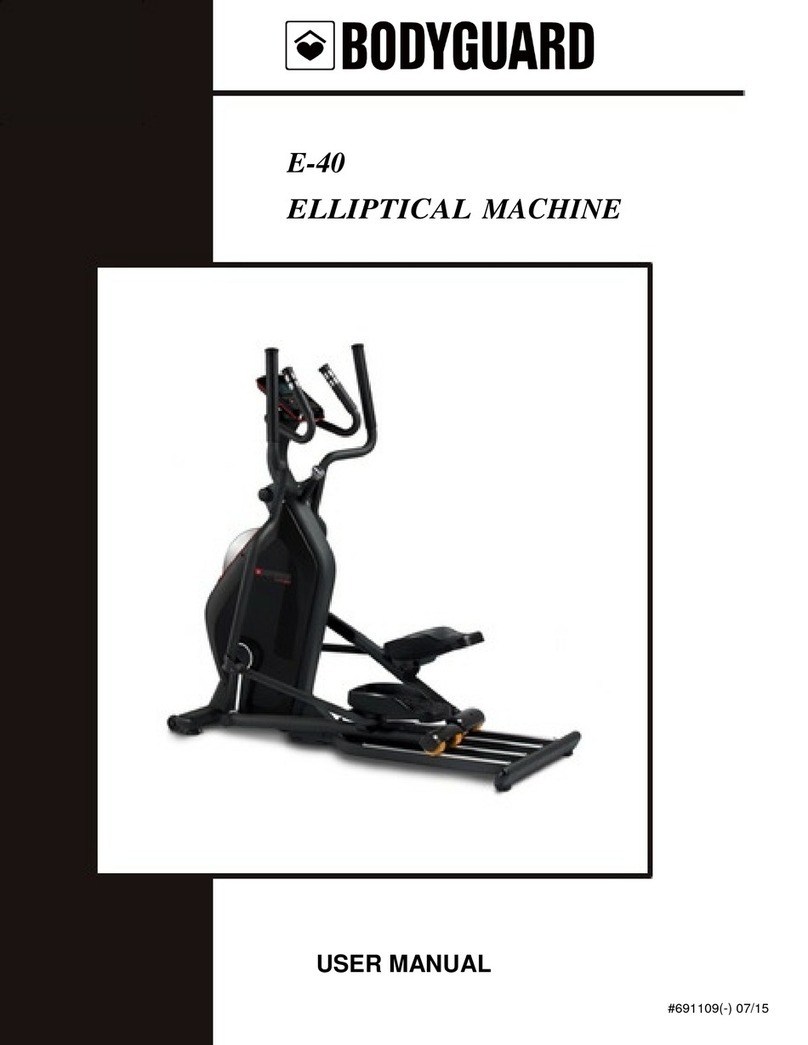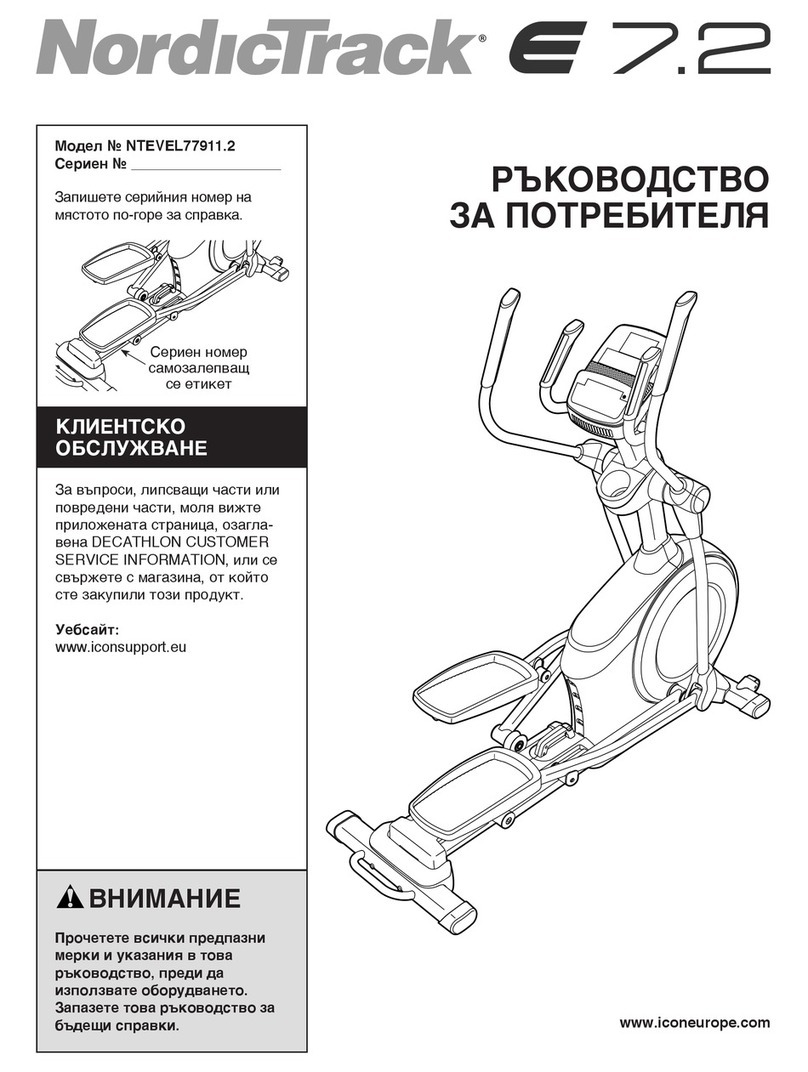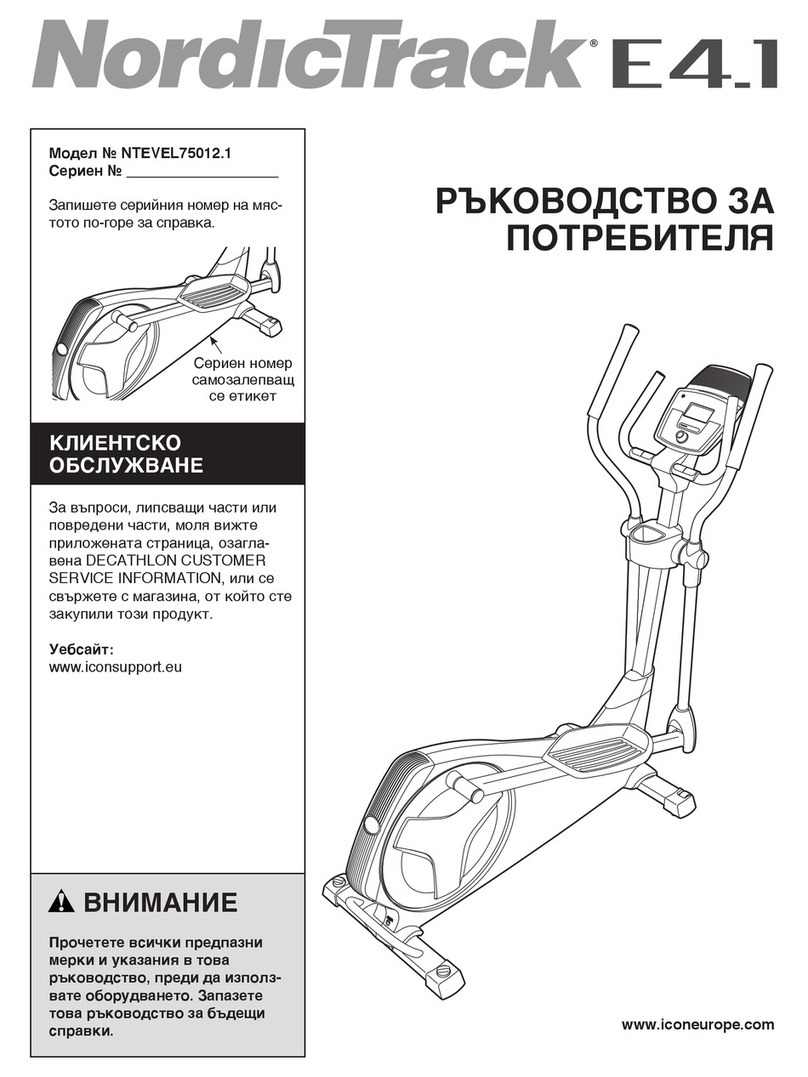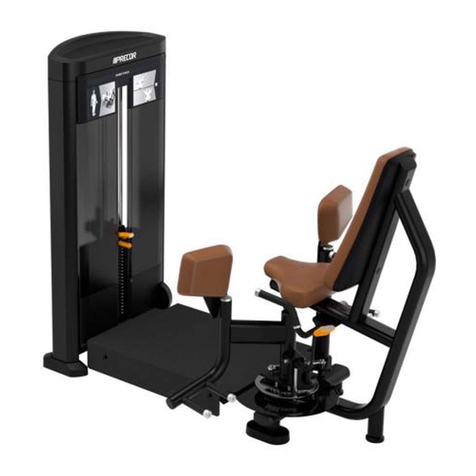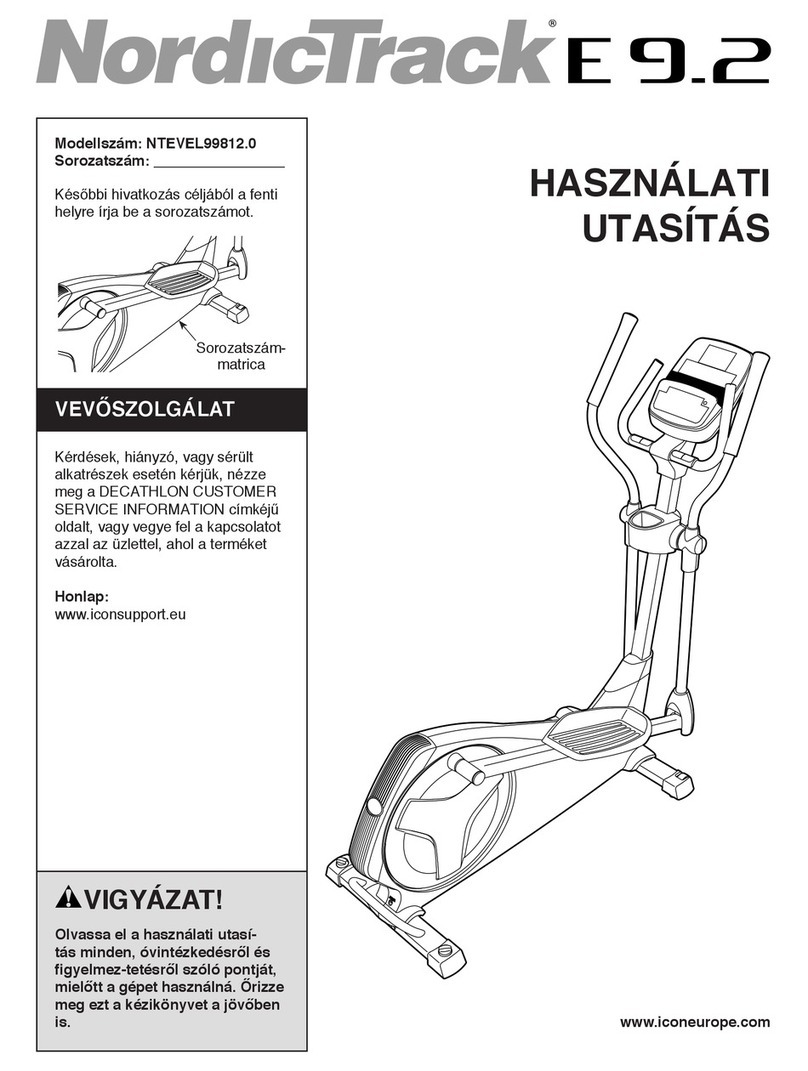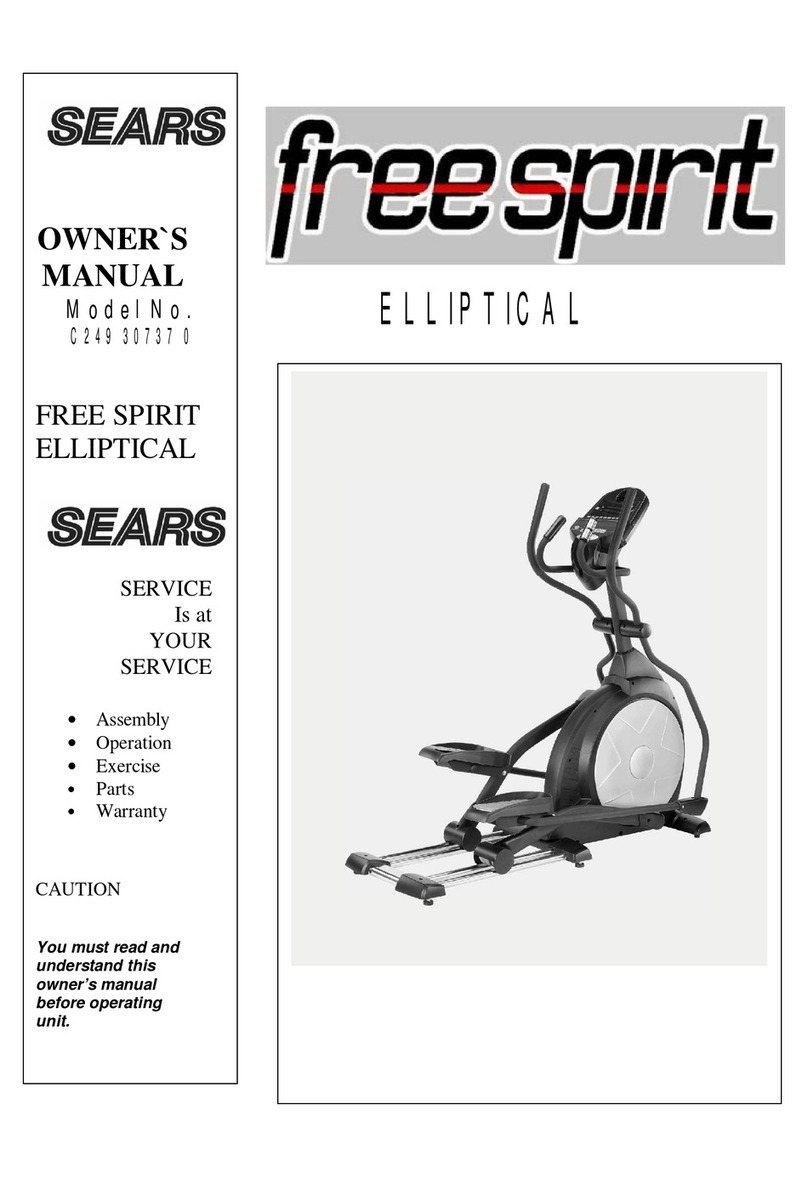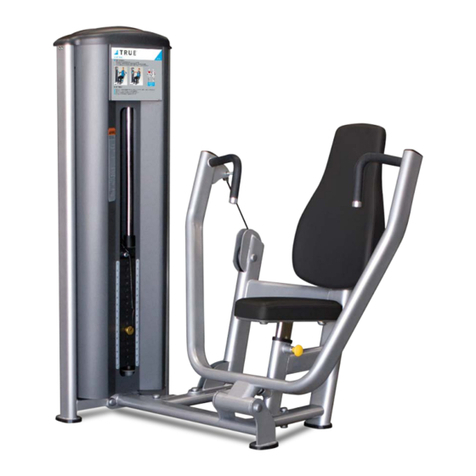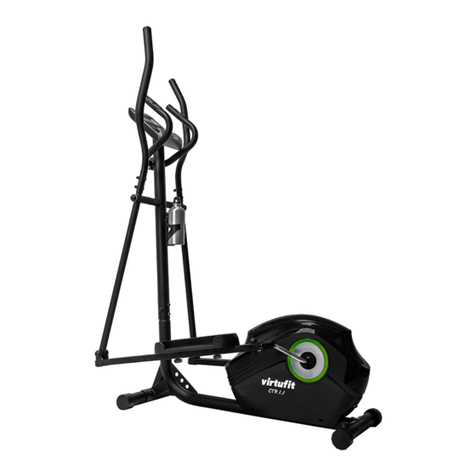Pro-Form SR 30 User manual
Other Pro-Form Elliptical Trainer manuals
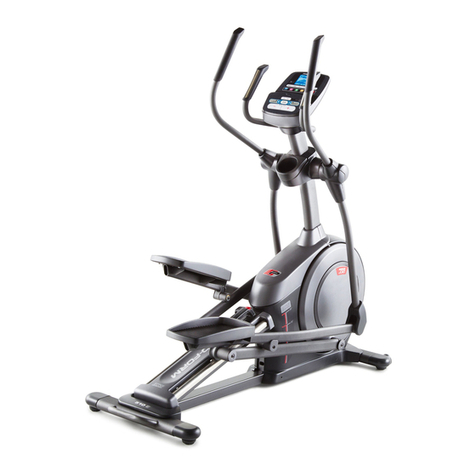
Pro-Form
Pro-Form 510 E Elliptical User manual
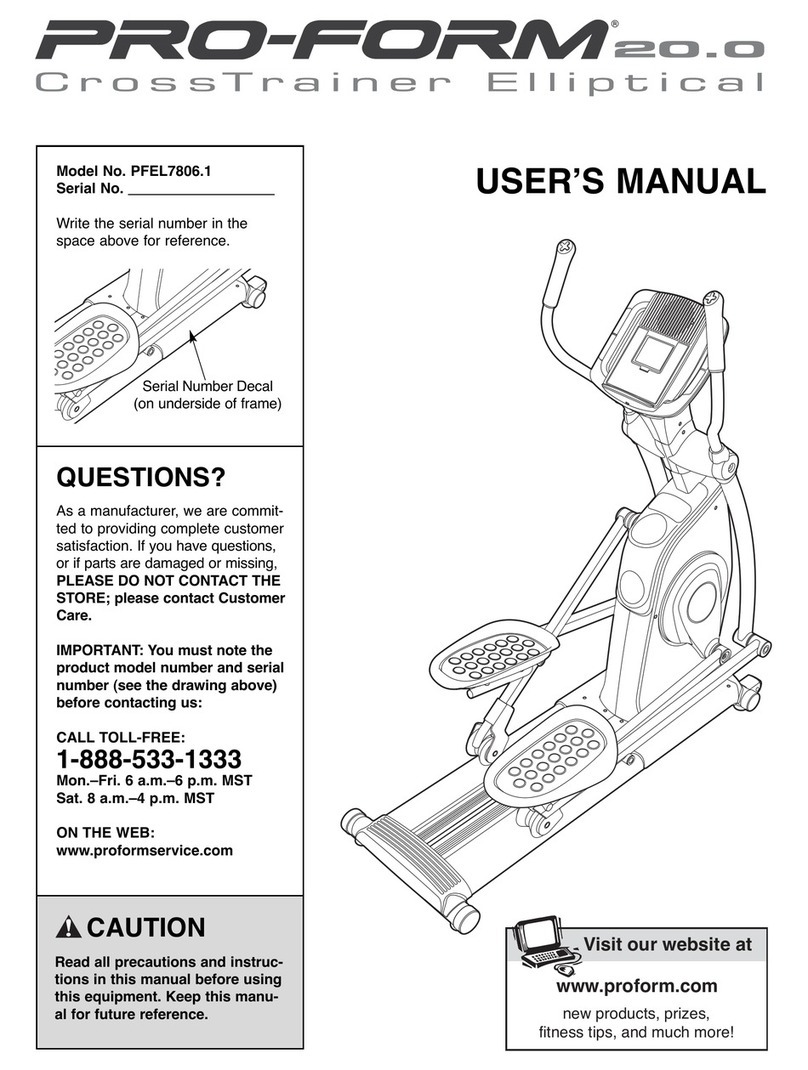
Pro-Form
Pro-Form PFEL7806.1 User manual
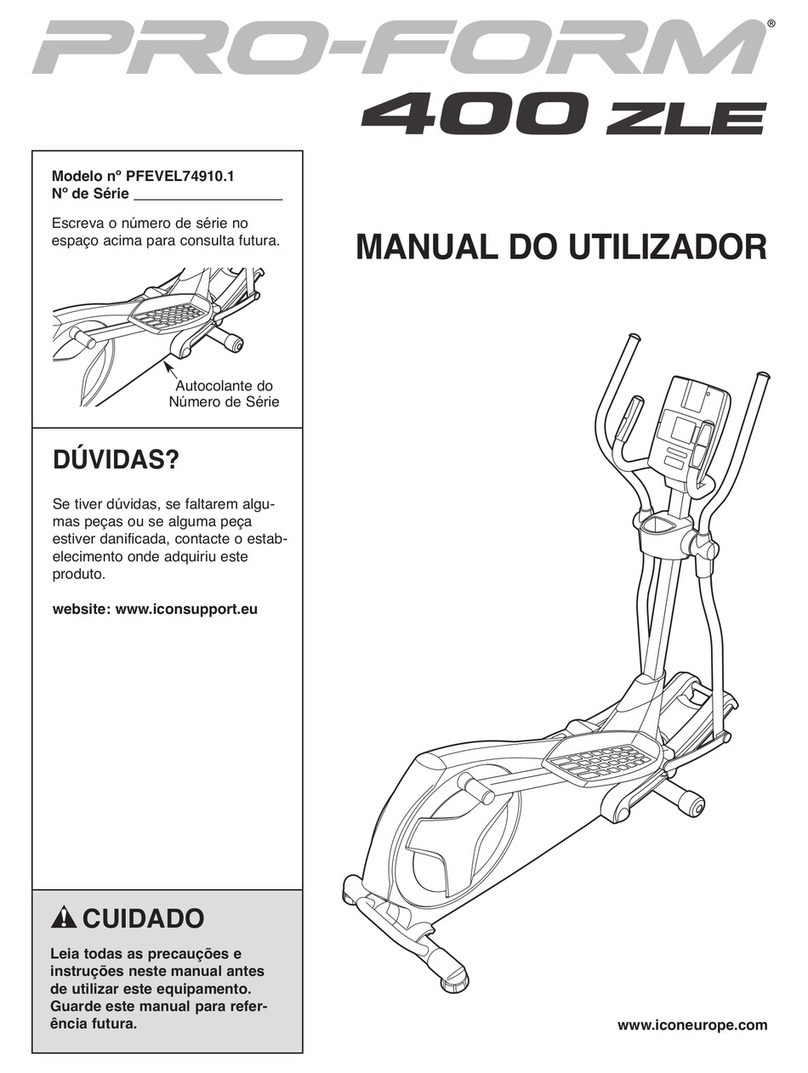
Pro-Form
Pro-Form 400 Zle Elliptical Setup guide
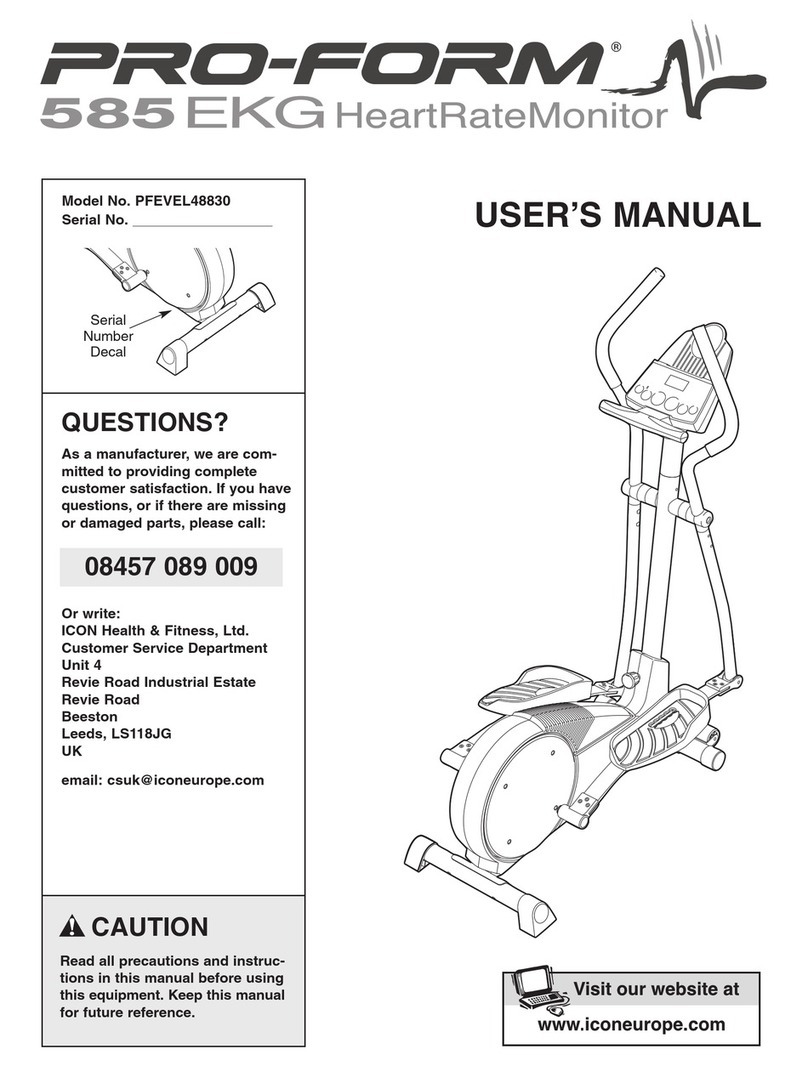
Pro-Form
Pro-Form 585 Ekg Elliptical User manual
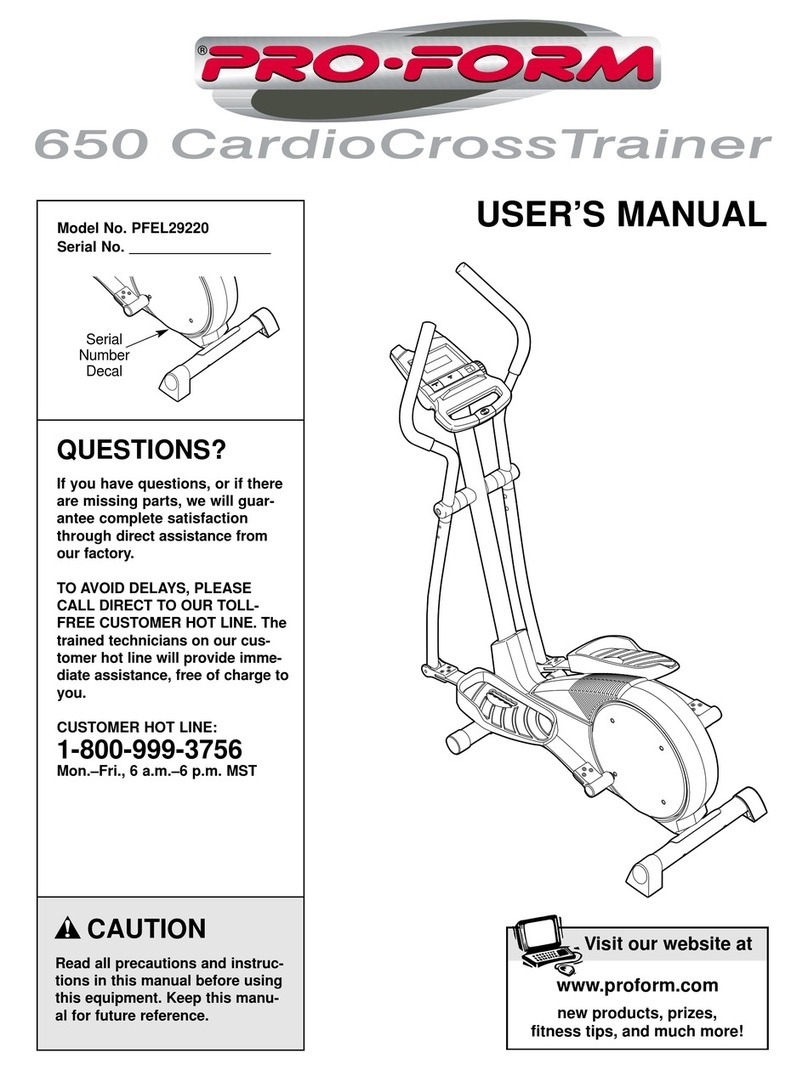
Pro-Form
Pro-Form PFEL29220 User manual
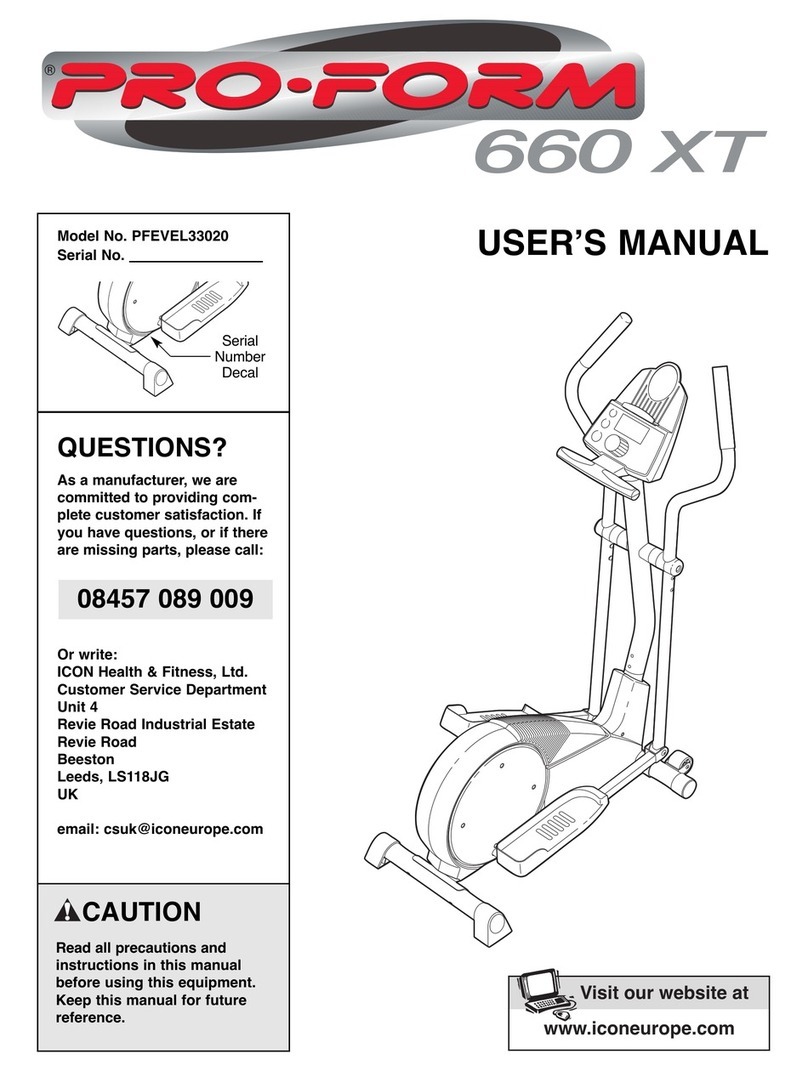
Pro-Form
Pro-Form 660 Xt User manual
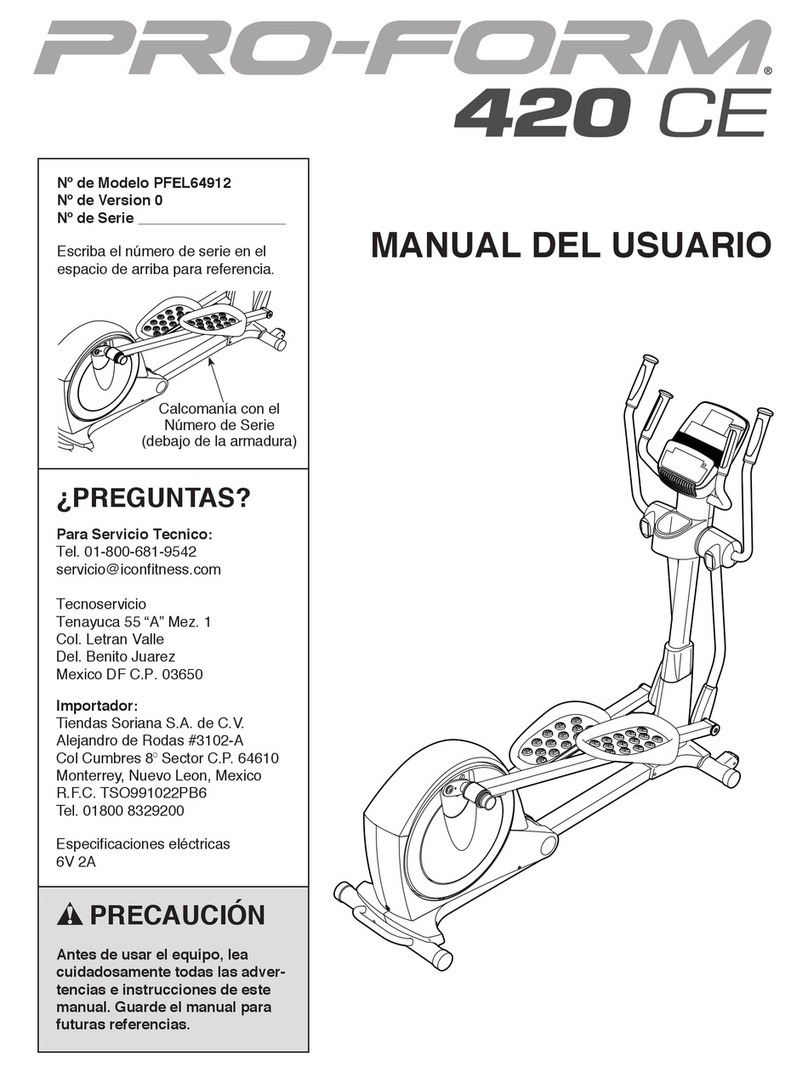
Pro-Form
Pro-Form 420 Ce Elliptical User guide
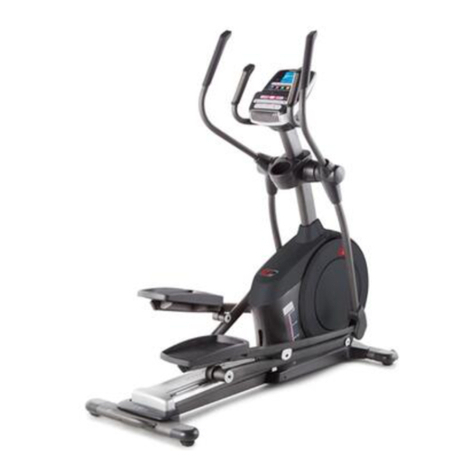
Pro-Form
Pro-Form 710 E Elliptical User manual

Pro-Form
Pro-Form 764hr Bike User manual
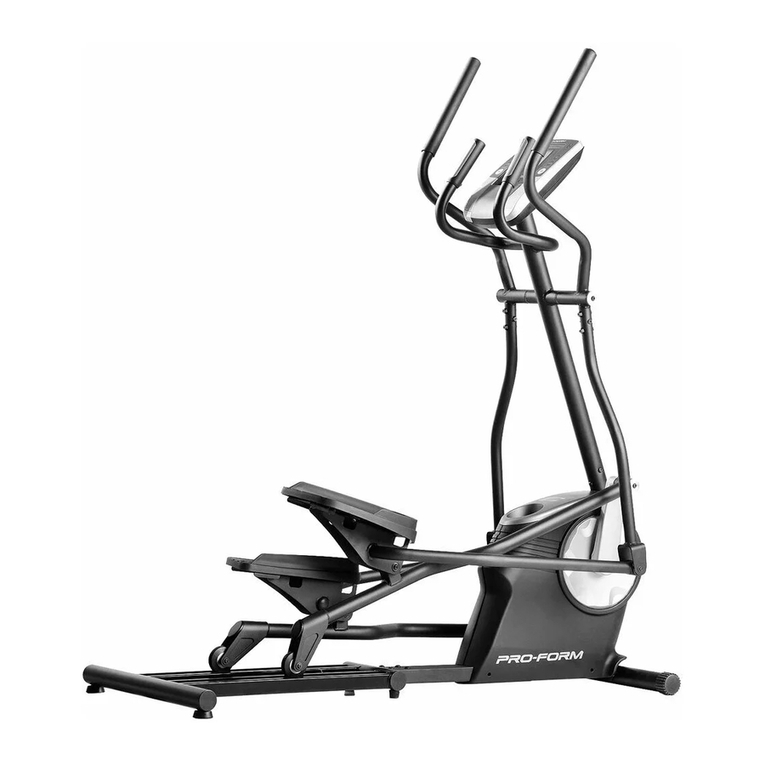
Pro-Form
Pro-Form 475 E User manual
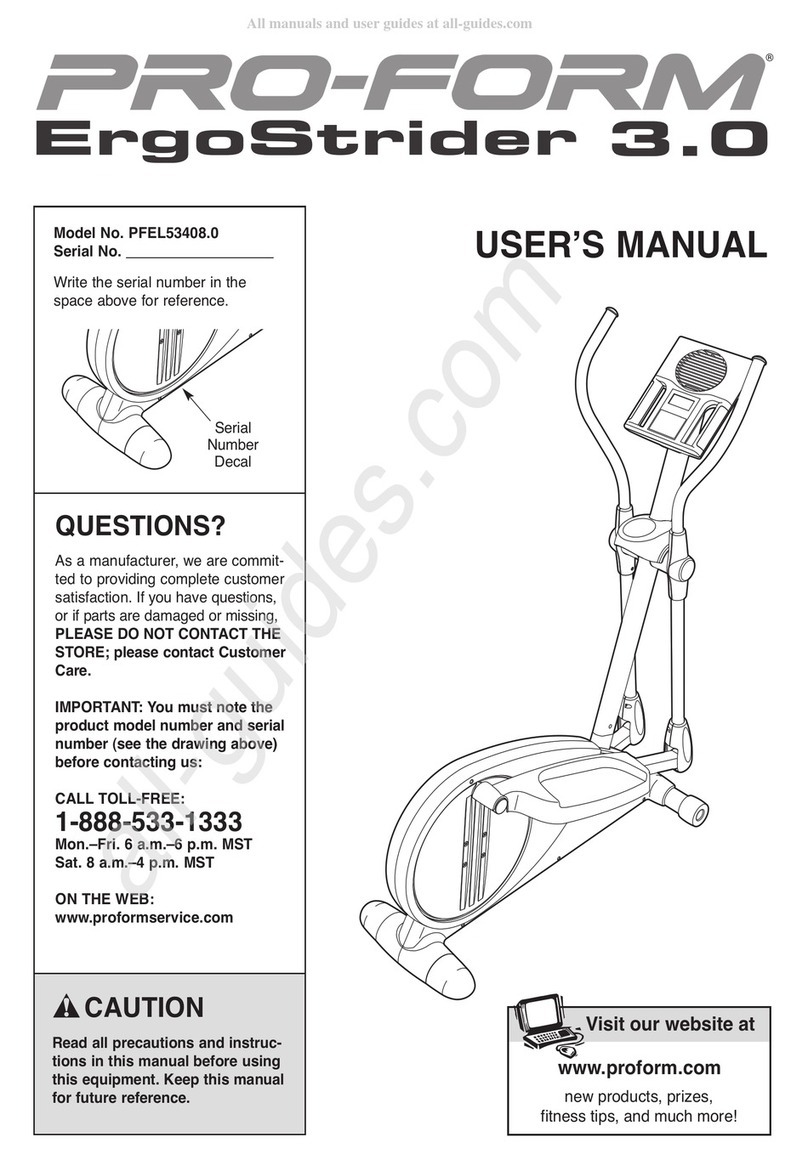
Pro-Form
Pro-Form SR 30 User manual
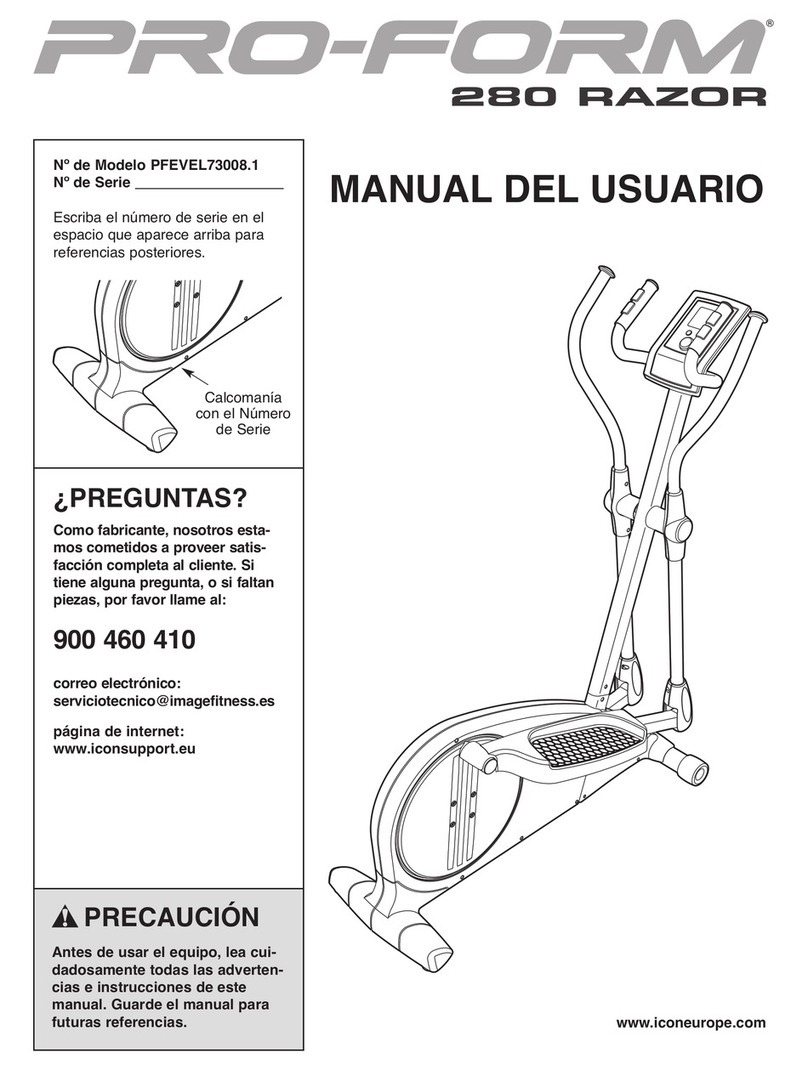
Pro-Form
Pro-Form 280 Razor Elliptical User guide
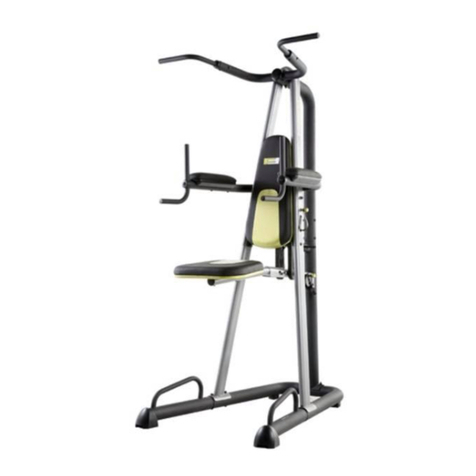
Pro-Form
Pro-Form fusion 2.1t User manual

Pro-Form
Pro-Form Crossxover User manual
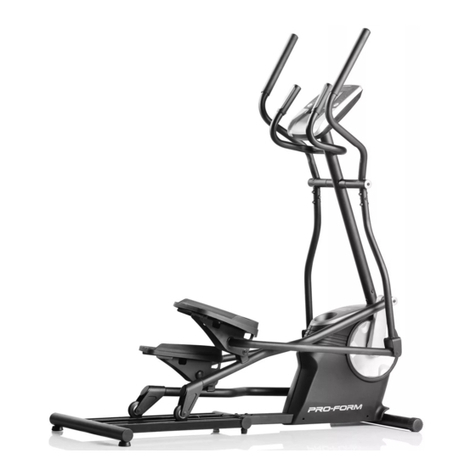
Pro-Form
Pro-Form 475 E User manual
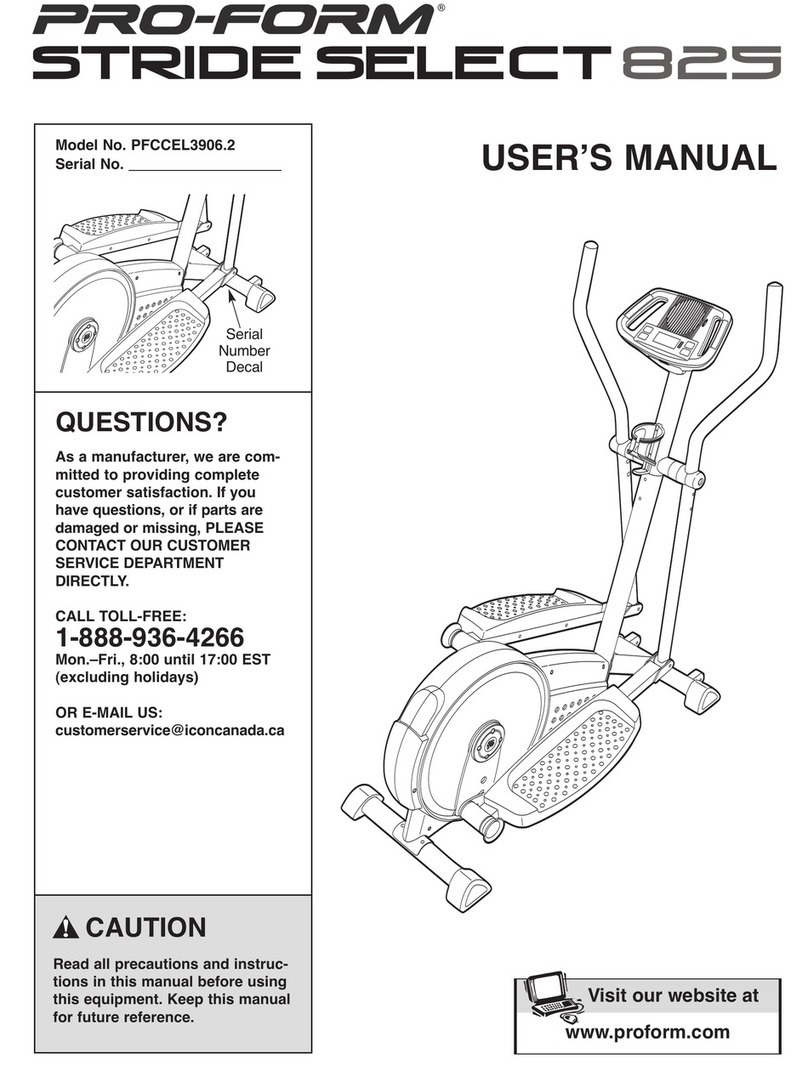
Pro-Form
Pro-Form StrideSelect PFCCEL3906.2 User manual

Pro-Form
Pro-Form 764hr Bike Operating and maintenance manual
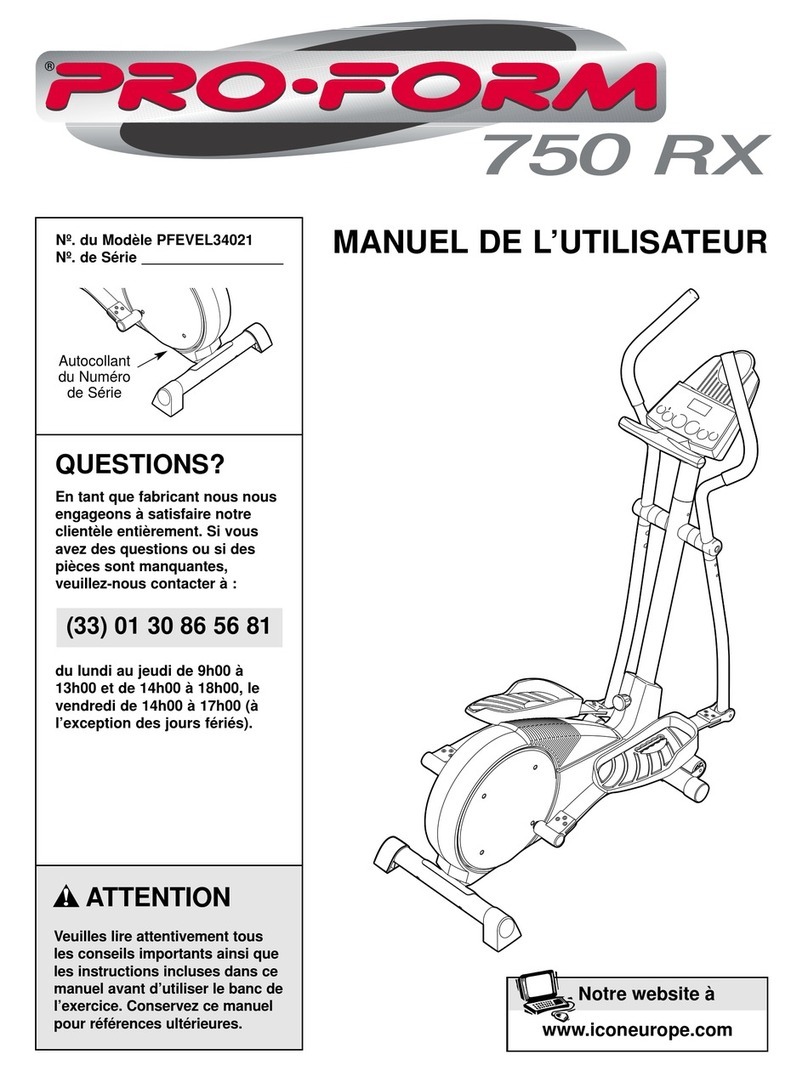
Pro-Form
Pro-Form 750 Rx User manual
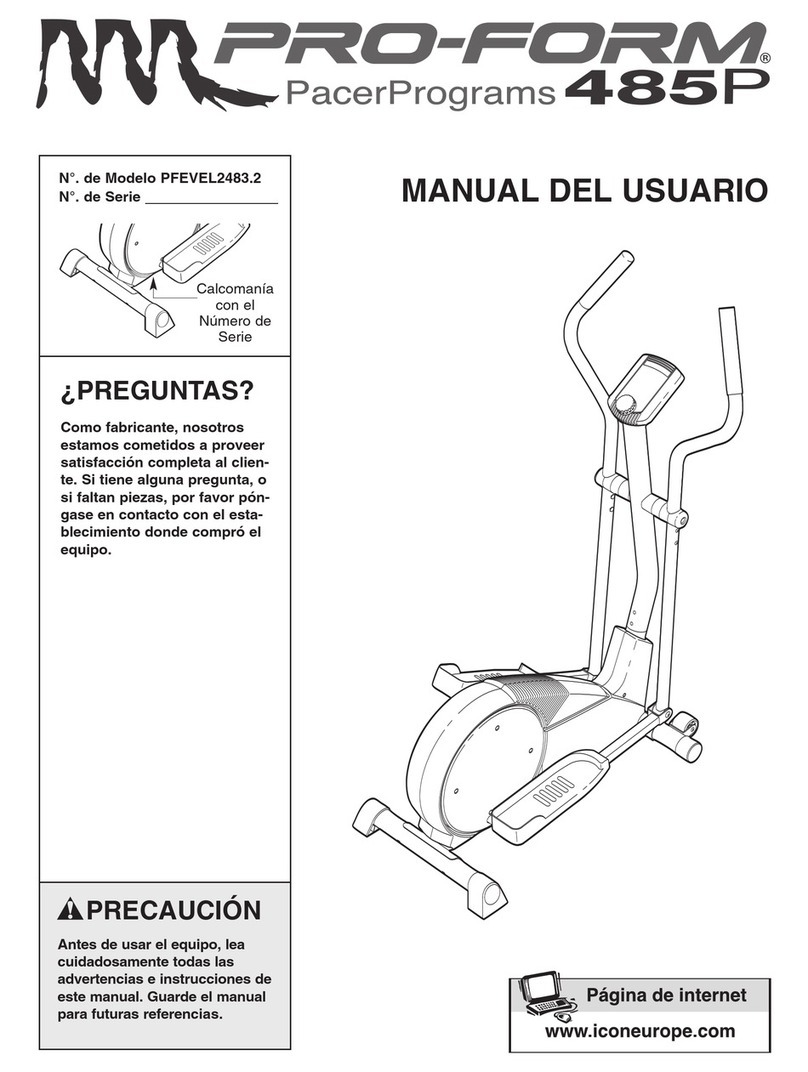
Pro-Form
Pro-Form 485 P Elliptical User guide
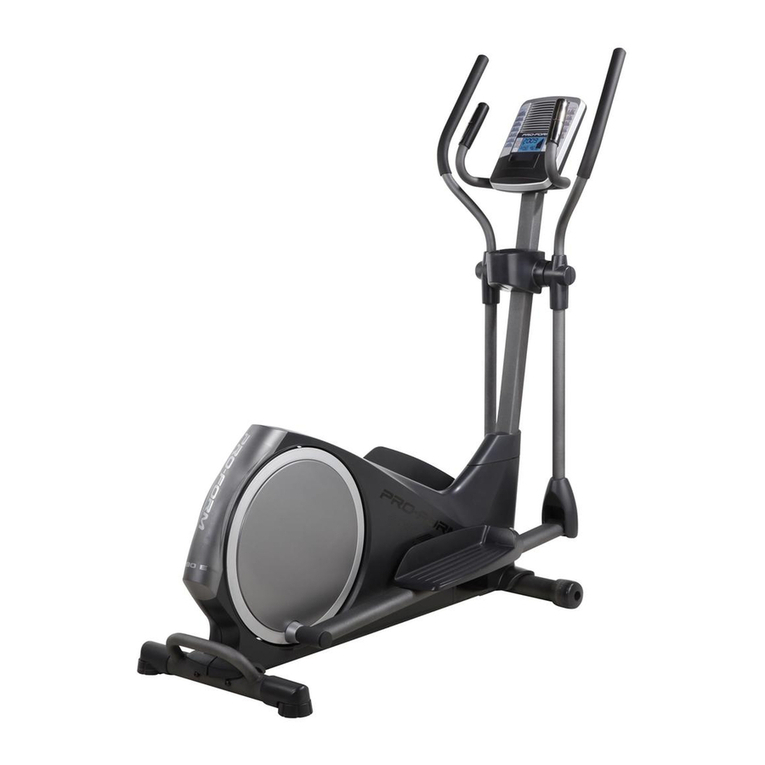
Pro-Form
Pro-Form 390 E User manual
Popular Elliptical Trainer manuals by other brands
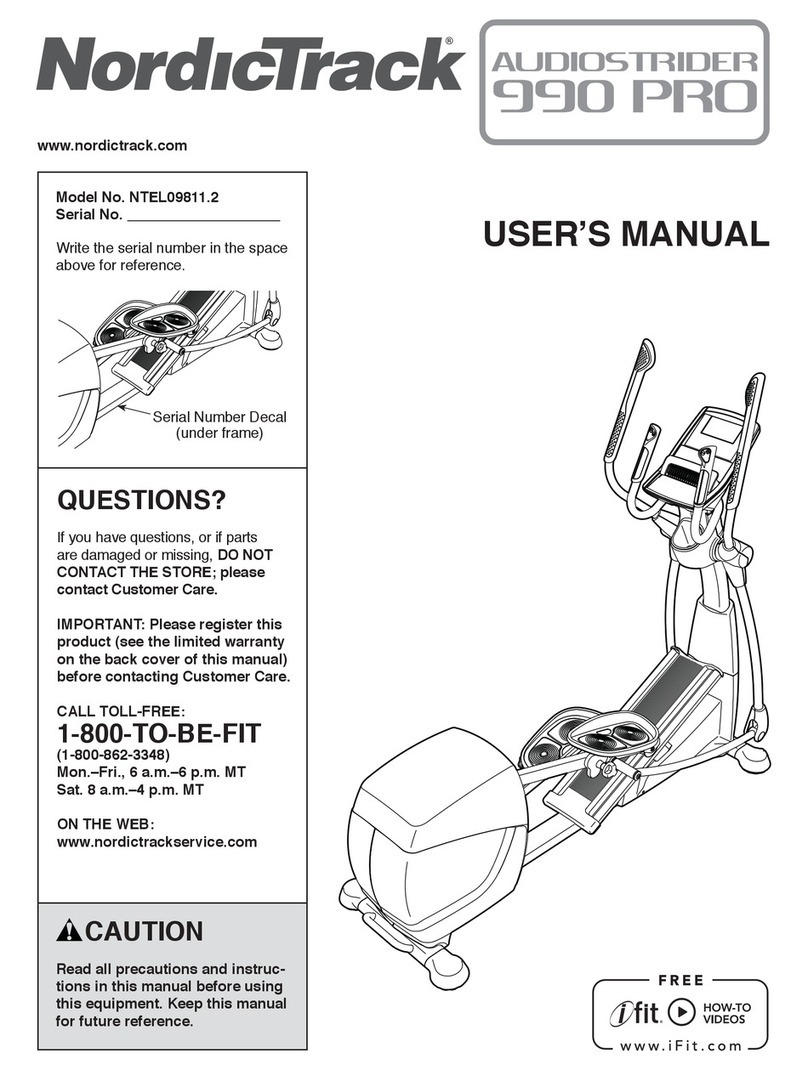
NordicTrack
NordicTrack AudioStrider 990 PRO NTEL09811.2 user manual

Weslo
Weslo Momentum 4.0 Elliptical Manuale d'istruzioni

Progear Fitness
Progear Fitness Air elliptical pro 1307 owner's manual
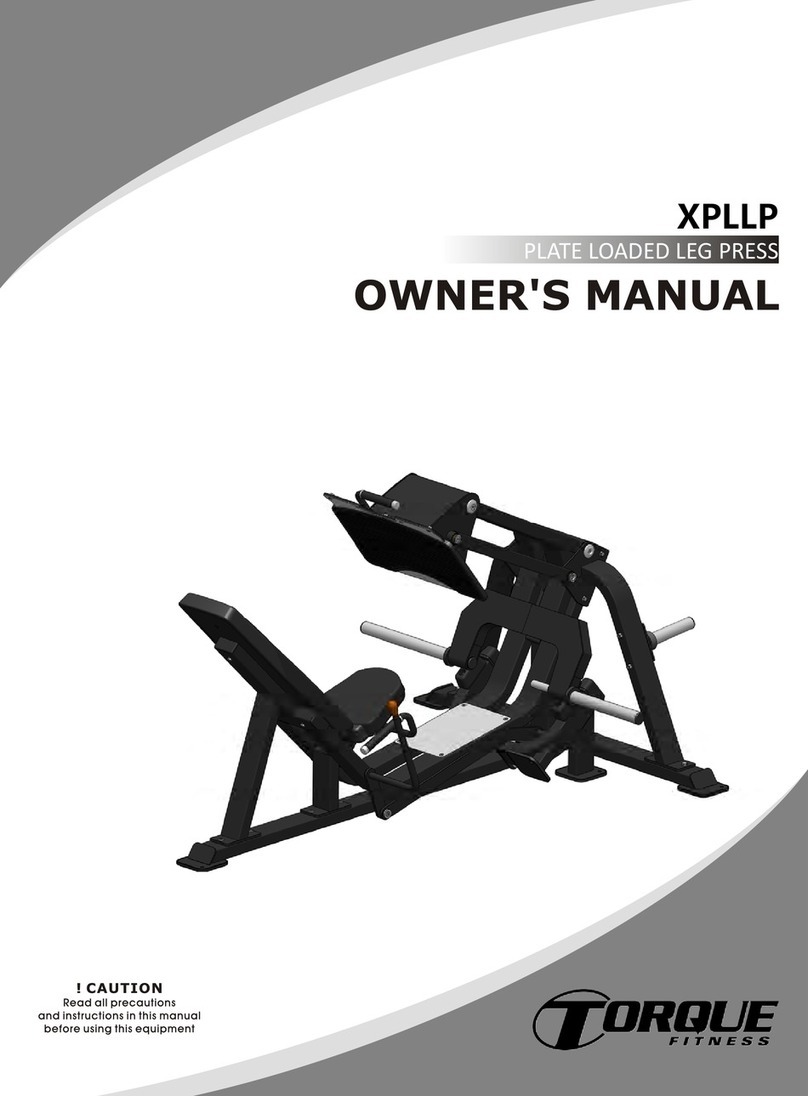
Torque Fitness
Torque Fitness XPLLP owner's manual
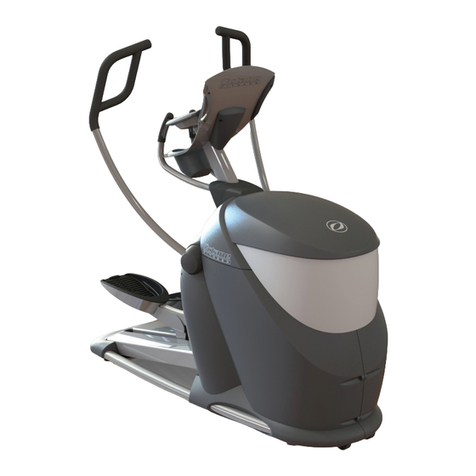
Octane Fitness
Octane Fitness PRO3700C Operation manual
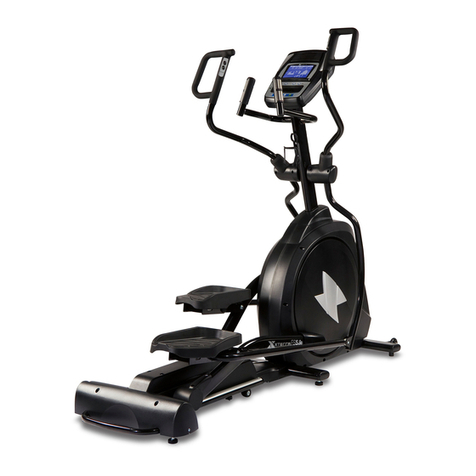
Xterra
Xterra FS5.8e owner's manual
